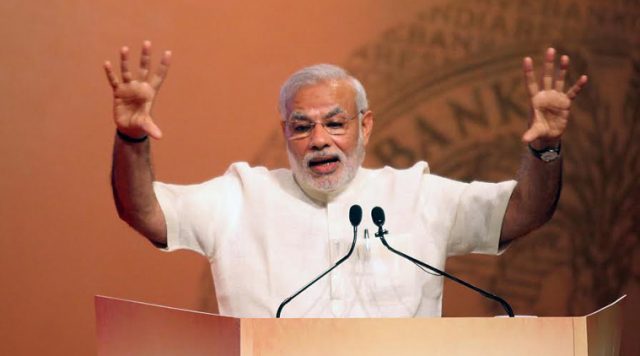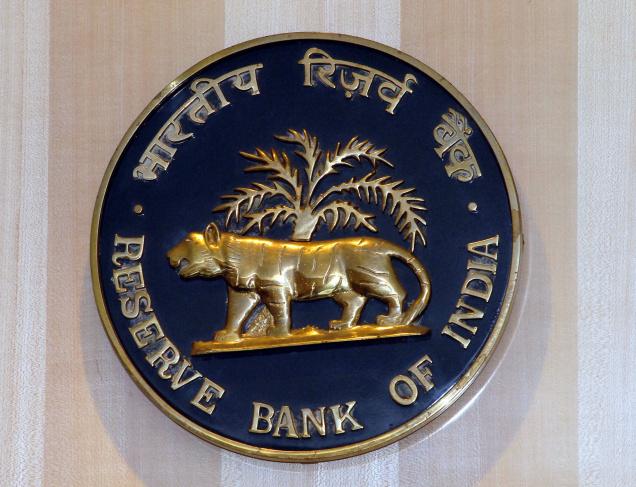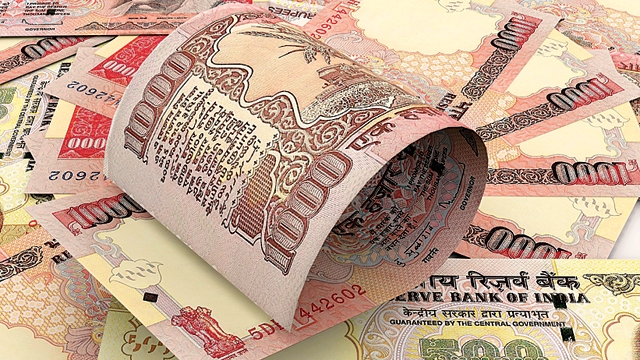We all love the whiff of money. However, how many of you know the intricate details involved in the printing of money or material that used to make notes?
Currency notes, precisely, are printed by the central bank of any country. In India, the central bank is called the Reserve Bank of India (RBI). But how many of you knows that the material that we used for making the currency notes is basically, import from the various country and what cost it takes?
According to the information provided by RBI, India prints 2,000 crore currency notes every year and 40 percent of the cost goes towards import of paper and ink.
 On April 2,2015 Prime minister Narendra Modi in 80th Foundation day of Reserve Bank of India address RBI to use Indian paper and ink to print currency notes and set a target date for achieving the objective as part of the "Make in India" Campaign. He said, it is ironic that the photograph of Mahatma Gandhi, who fought for swadeshi, appears on currency printed on imported paper.
On April 2,2015 Prime minister Narendra Modi in 80th Foundation day of Reserve Bank of India address RBI to use Indian paper and ink to print currency notes and set a target date for achieving the objective as part of the "Make in India" Campaign. He said, it is ironic that the photograph of Mahatma Gandhi, who fought for swadeshi, appears on currency printed on imported paper.
RBI Deputy Governor S S Mundra said work on a factory manufacturing currency paper was in an (in Mysore) and the country would soon have notes printed on Indian paper.
Let’s explore the knowledge of currency paper.
Various currency notes have been used in India. Most people have the common assumption that it is made by the paper. But they are wrong, there are many things that involve in it.
What material used:
Indian currency notes are made up of pulp containing balsam with special dyes to make the currency notes that should be resilient, durable, with quality to resist from wear and tear and not to be faked easily. The materials used in the making of Currency notes have been starch paper blended with the textile fibres. While making currencies, these papers are instilled with gelatin to give strength to the currencies. Paper currency is printed in Maharashtra, Madhya Pradesh, Karnataka and West Bengal.
The raw material that is used to making notes are made of cotton waste. The cotton waste is blended to give the look of a paper and India has been importing the special paper to be used in currencies since many years. It mainly imports paper from countries like Germany, Japan and the UK. The capacity of the currency paper factory is limited and the Government plans to increase the capacity of this mill. But procuring the huge amounts of cotton waste is what the Government is looking out for. The finance minister recently inaugurated another factory at Mysore to meet the needs of ever increasing the population of the country.
RBI import ink for printing INDIAN currency notes from  . It is the leading Security Ink suppliers headquarter in Switzerland. They have an office in New Delhi. India has their own company which produce ink for money printing. SPMCIL (Security printing and minting corporation of India Limited. (SPMCIL) is an Indian government-owned corporation that engages in the production of bank notes, coins, non–judicial stamps, postage stamps, and other government related documents for India. The company was formed in 2006 as the result of corporatization of security presses and mints functioning under the India Ministry of Finance. Only 5% of the currency notes is being manufactured by SPMCIL ink.
. It is the leading Security Ink suppliers headquarter in Switzerland. They have an office in New Delhi. India has their own company which produce ink for money printing. SPMCIL (Security printing and minting corporation of India Limited. (SPMCIL) is an Indian government-owned corporation that engages in the production of bank notes, coins, non–judicial stamps, postage stamps, and other government related documents for India. The company was formed in 2006 as the result of corporatization of security presses and mints functioning under the India Ministry of Finance. Only 5% of the currency notes is being manufactured by SPMCIL ink.
India has not yet fully converted to electronic transactions and the usage of currency notes is still high. The demand in today's date for the currency is 15 billion notes whereas Indian factory produces notes up to One billion currency notes a year. India prints 15 billion pieces of currency annually, of which up to 12 billion are printed on foreign-made paper.

Create your future, trading successfully doesn’t have to be a hard work